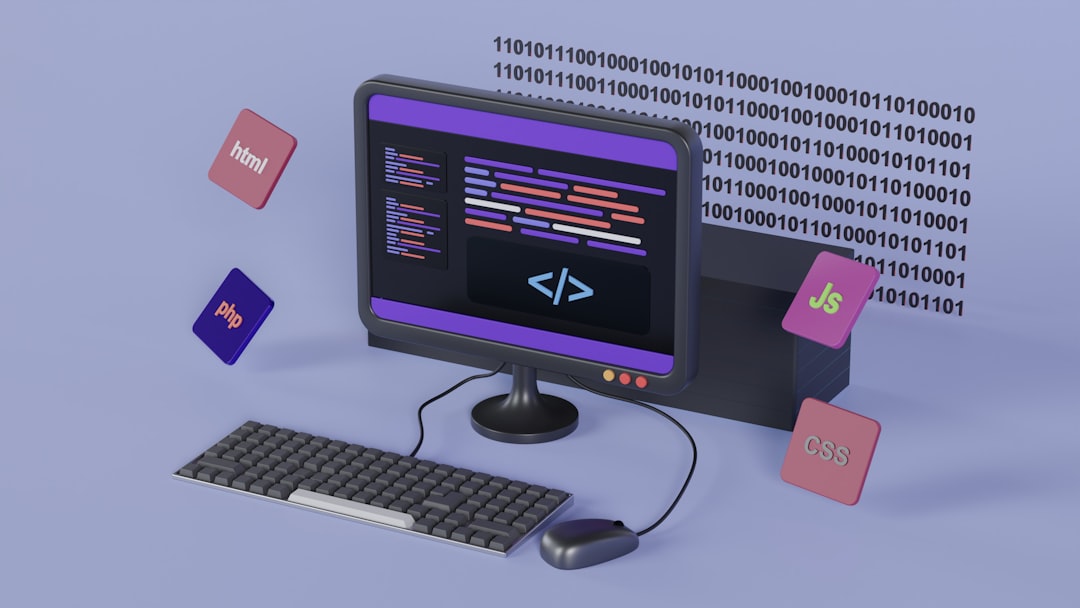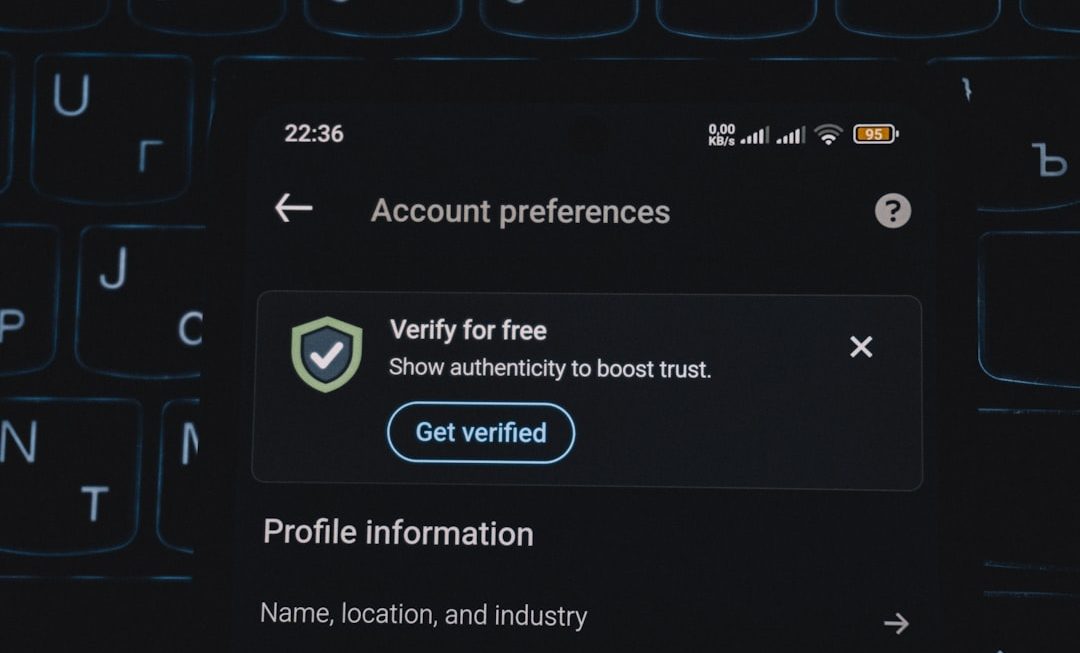Artificial Intelligence (AI) is revolutionizing every aspect of software development, and Quality Assurance (QA) is no exception. By integrating AI tools into your software testing workflow, QA teams can drive faster releases, accurate bug detection, and intelligent test coverage. However, with a growing number of tools available in the market, choosing the best AI solution for your needs can be overwhelming.
TLDR: Choosing the Right AI Tool for Software Testing
When selecting an AI testing tool, it’s essential to evaluate its compatibility with your existing QA processes, programming languages, and test environments. Focus on tools that enhance test automation, predictive analysis, and maintenance without heavy setup requirements. Look for solutions that support scalability and integrate with your CI/CD pipelines. Consider evaluating top industry tools like Testim, Mabl, Functionize, and Applitools.
Understanding the Role of AI in QA Testing
AI in QA testing introduces smarter ways of performing repetitive processes such as test creation, test optimization, test execution, and identifying flaky tests. Leveraging machine learning algorithms and data analytics, these tools can anticipate areas prone to failure, prioritize test cases, and even auto-correct scripts.
Common AI applications in QA include:
- Automated test script generation based on user behavior and historical data.
- Visual testing, which uses image comparison to detect UI anomalies.
- Test suite optimization to reduce redundancy and focus on high-risk areas.
- Self-healing tests that adapt to UI changes without manual updates.

Key Considerations When Selecting an AI Testing Tool
To pick the right AI tool, QA teams should consider a number of critical factors:
1. Integration with Existing Systems
Choose tools that seamlessly integrate with your CI/CD pipelines, version control systems, and project management dashboards. Popular integrations include Jenkins, Git, Jira, and Azure DevOps.
2. Test Coverage Abilities
The best AI QA tools should go beyond simple test recording. They must be capable of analyzing coverage gaps, suggesting test improvements, and predicting test execution outcomes.
3. Scalability and Performance
Select tools that can scale with your project requirements. Look for cloud-based platforms that provide parallel testing, remote browser execution, and support multi-platform environments.
4. Learning Curve and User Experience
Evaluate the UI friendliness and learning curve of the AI testing tool. A good solution should be accessible to team members of varying technical expertise – from test engineers to manual QA specialists.
5. Maintenance and Self-Healing Capabilities
Manual test maintenance is time-consuming. Tools with self-healing characteristics can adjust scripts automatically when changes are made to the UI, allowing teams to spend less time fixing brittle tests.
6. Pricing and Licensing
Assess the ROI the AI tool will deliver. Most tools offer a range of plans; compare costs against the features provided, such as test runs per month, team access, and technical support.
Top AI Tools in the Market
1. Testim
A robust tool designed for teams who require rapid automation with less code. Testim uses AI for test creation, maintenance, and execution. Its self-healing capabilities reduce test failures over UI changes. Testim integrates with CI pipelines and supports dynamic test suggestions based on user behavior.
2. Mabl
Mabl is an all-in-one intelligent testing platform with codeless scripting and AI-driven test analysis. It offers detailed performance metrics, visual regression testing, and cross-browser test execution. Mabl’s strength lies in understanding user journeys and optimizing test coverage automatically.
3. Functionize
Known for its high scalability and predictive analytics, Functionize applies natural language processing (NLP) to convert plain English into test scripts. Its autonomous test maintenance and AI-powered root cause analysis make it an evolving solution for enterprise-grade QA teams.
4. Applitools
Famous for its Visual AI, Applitools enables teams to test large UI changes with accuracy. It uses image-based AI to detect changes that traditional DOM-based testing can’t catch. It integrates seamlessly with many existing frameworks and provides dashboards for rapid issue triaging.
Image not found in postmeta
Matching AI Features with QA Needs
Different development stages may require different testing strategies. Here’s how to align AI features with specific use cases:
- Startups may benefit from codeless platforms like Mabl which let testers with limited coding knowledge build effective suites.
- Enterprise DevOps teams may prefer Functionize or Testim for deeper customization, CI/CD integration, and scalability.
- Frontend or design-heavy applications can take advantage of visual testing tools like Applitools to maintain quality across devices.
AI is not just about automating tests — it empowers decision-making in QA by providing actionable insights. For example, tools with machine learning capabilities can identify flaky test trends over time and suggest ways to improve overall stability.
Best Practices When Integrating AI Testing Tools
Making the most of AI in QA relies on strategic implementation. Follow these best practices:
- Start with a pilot project to validate the tool’s effectiveness on part of the application before full adoption.
- Involve cross-functional teams during implementation to gather feedback from developers, manual testers, and QA leads.
- Regularly update training data or behavioral models, if the AI tool relies on historical user/session data.
- Monitor KPIs and metrics such as test failure rates, maintenance time, and bug detection accuracy to assess performance gains.

Conclusion
Choosing the best AI tool for your software testing depends on your current QA workflow, team’s skill set, and project complexity. The right tool should help optimize your process without creating more obstacles. Whether you’re building a Minimum Viable Product (MVP) or running enterprise-grade software, there’s an AI-driven QA solution tailored to your needs.
FAQ: Choosing the Best AI Tools for QA Testing
- What is an AI testing tool?
- An AI testing tool uses artificial intelligence and machine learning to automate and enhance software testing processes. It can intelligently create, execute, and maintain test cases while analyzing results for issues or trends.
- Can AI testing tools replace manual testers?
- No, AI tools are designed to assist, not replace human testers. They handle repetitive tasks and provide insights, while human testers focus on exploratory testing and strategy.
- Are AI testing tools expensive?
- The cost varies depending on the features, scale, and user licenses. Some tools offer free trials or freemium models for small teams, while enterprise licenses are priced higher.
- Is coding knowledge necessary to use AI testing tools?
- It depends on the tool. Many offer codeless environments suitable for non-technical testers, while others may require scripting knowledge for advanced customization.
- How secure is the data used by AI tools in testing?
- Top AI testing tools follow strict data security practices. Always check if the tool complies with industry standards like GDPR, SOC2, or ISO 27001.


